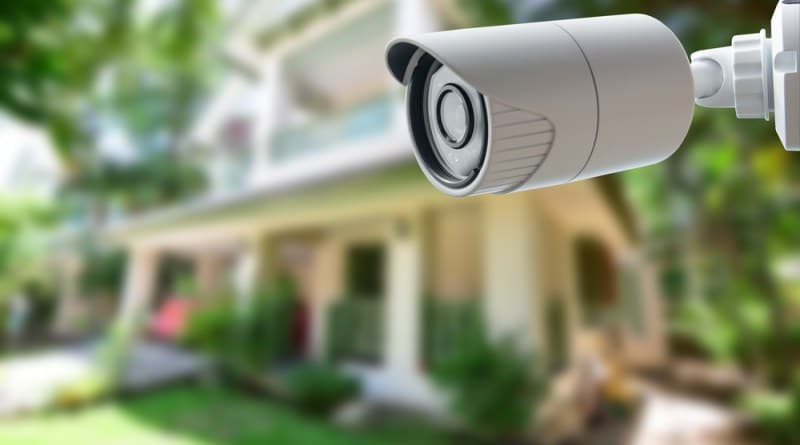The internal electrical components of all the different types of cameras are more or less the same. In any camera, a digital image sensor is used to capture images. This sensor comprises an array of photosites, known as pixels by many, in which photodiodes are found. Photodiodes are a semiconductor device that responds well to light, converting the light that shines upon them to electrical charges. The intensity of the electrical charge within a photodiode is dependent upon the brightness of the light that has hit the photodiode. In this case, the brighter the light, the higher the intensity. When a photodiode stops being exposed to light, the accumulated electrical charges are transferred and converted to analog voltage signals. However, the handling of voltage signals by a camera depends on the type of the camera. Currently, there are two common types of CCTV cameras on the market, IP CCTV cameras and analog CCTV cameras.

Difference between IP and analog cameras
Both IP and analog cameras work in the same way in terms of capturing images but differ in the means they deliver signals. A conventional analog camera delivers analog voltage signals to the connected DVR through a coax or UTC cable. The DVR then converts these analog voltage signals into digital signals in binary form, compresses the file and keeps it on a hard drive in or attached to the DVR. To view a video file, a monitor needs to be connected to the DVR. However, the DVR can also be connected to the internet to enable the video file to be viewed remotely. On the other hand, IP CCTV cameras convert analog voltage signals directly to digital signals and transmit the data over an Ethernet cable to a centralized unit, known as network video recorder, which is responsible for video monitoring, storage and event management. However, data can also be transmitted wirelessly through a radio transmitter or the TCP/IP protocol.
The pros and cons of each
Analog CCTV cameras tend to be cheaper. They are easier to set up and understand, and the installation of this type of cameras is comparatively more straightforward. However, because these cameras are required to be connected to both power supply and a DVR, more cables are needed. Furthermore, coax cables tend to be more expensive. Analog cameras provide images of lower quality. On the other hand, IP cameras are capable of providing high-quality images. This system does not entail a lot of wiring as these cameras only require the use of one specific type of cables that are able to both transmit data and provide power supply. However, the installation of this type of CCTV system costs a lot and the setup is more complicated.
Choosing the right CCTV system for home may not be that straightforward. However, the best option will depend on your requirements. If you are looking for a portable CCTV camera to monitor your pets, an IP camera will probably be the only type that is compatible and it is considered to be the best for pet owners. However, if you are on a tight budget and do not need a portable CCTV camera, an analog CCTV camera will be the right choice.

